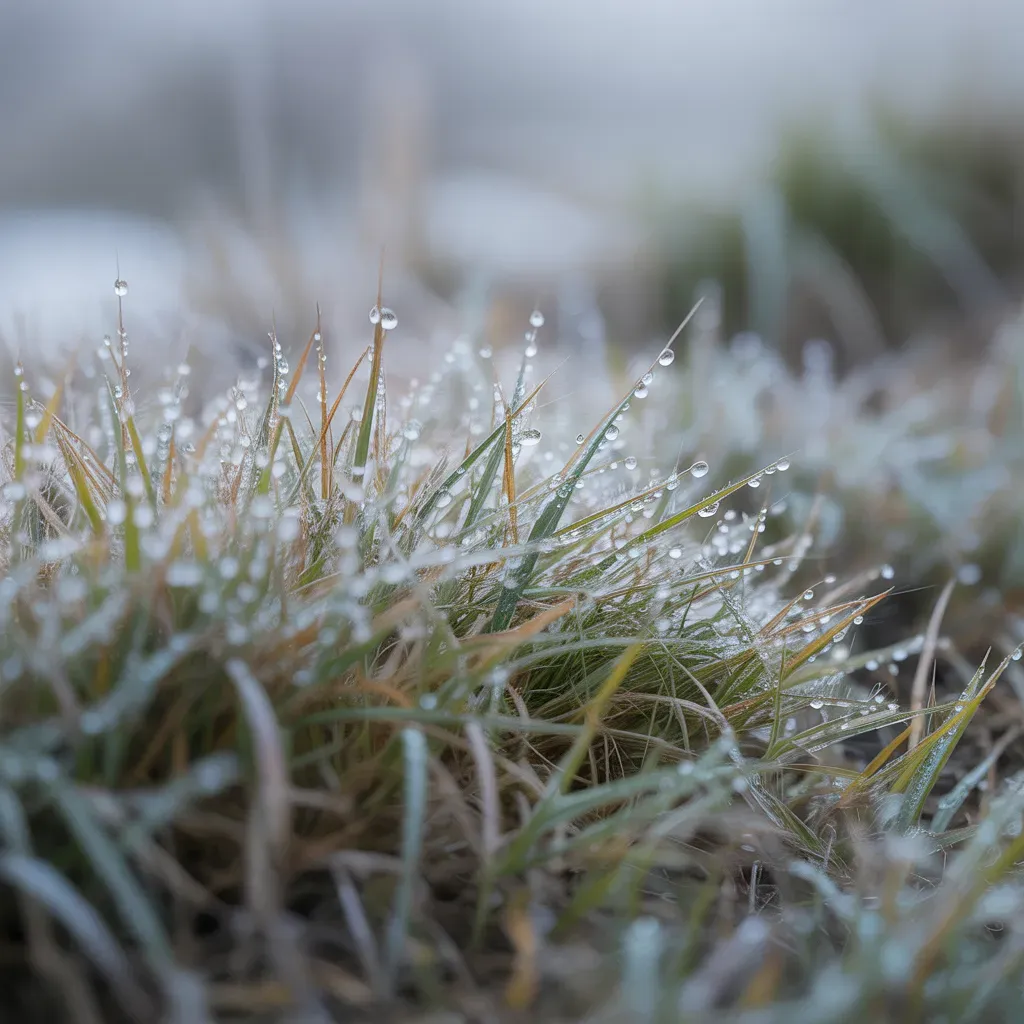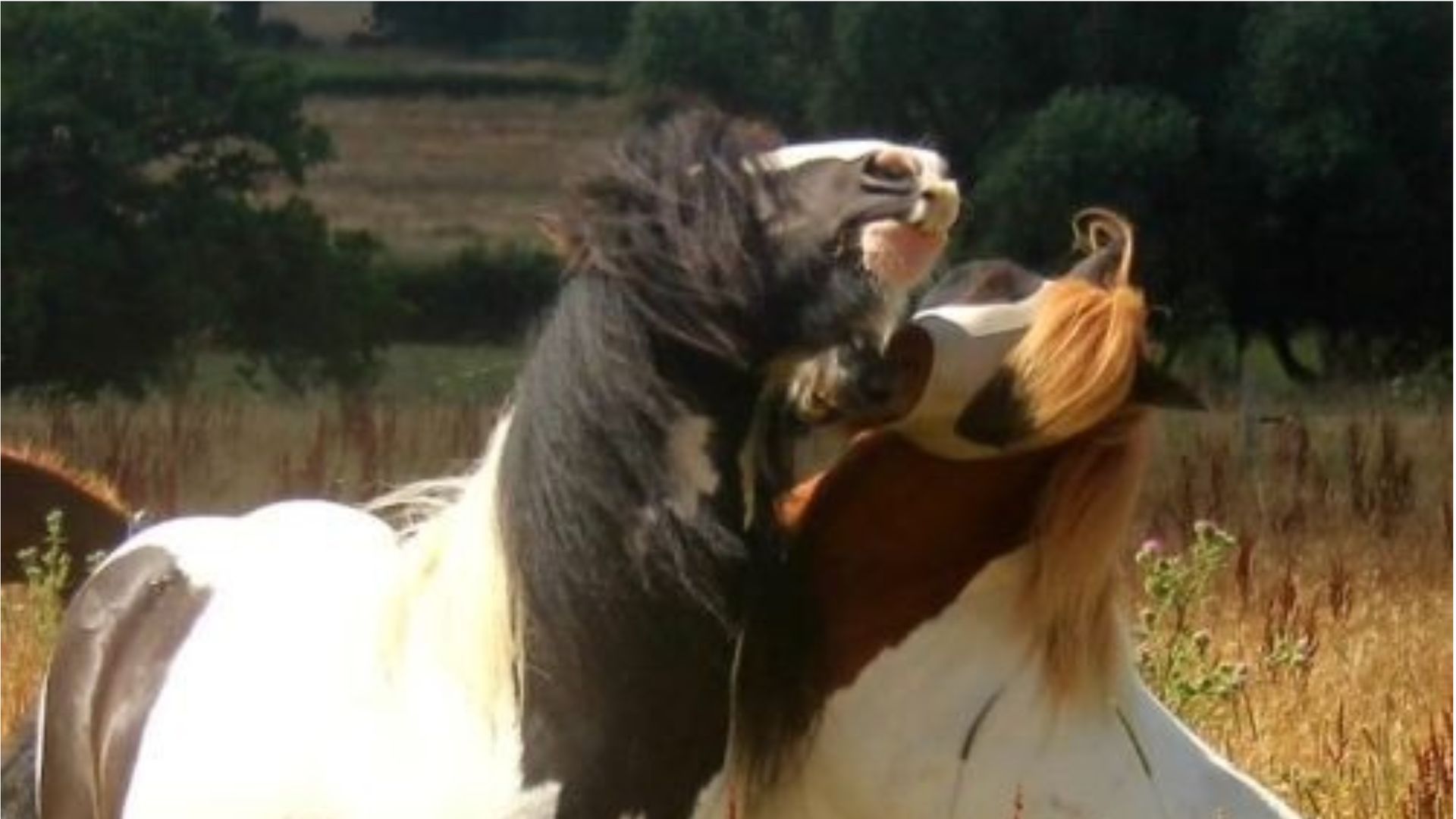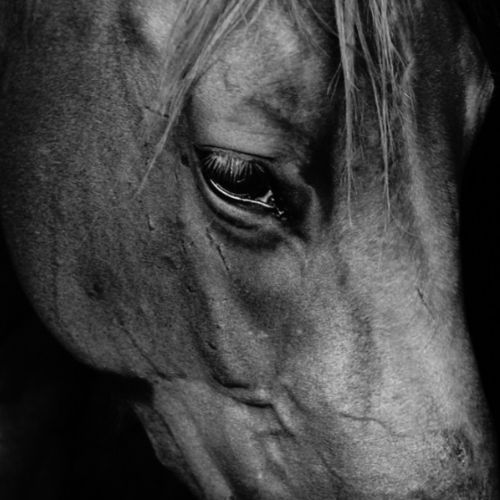Winter Equine Joints Care
Help your horse manage joint discomfort through the cold winter months with natural anti-inflammatory support, nutrition, and movement strategies.
Arthritic changes in the equine joints are sadly degenerative, hence irreversible, but they can be managed well through winter with plenty of calm movement, sufficient cartilage nutrients, keeping joints warm and reducing inflammation if necessary.
As soon as the wetter, colder weather arrives, we’ll likely start to see issues in our musculoskeletal-affected horses, so here are some great tips to support them.
1. Calm movement, and plenty of it
While the muscles are supplied with blood and nutrients courtesy of the heart pumping, joints aren’t – they’re not directly supplied with blood vessels. Instead, the articular cartilage is inertly supplied with nutrients via the synovial fluid, which only moves when the joint moves.
In addition, the cartilage matrix forms an essential part of the joint suspension and lubrication, but can only do its job if it’s soaked with synovial fluid. Lack of movement means the cartilage matrix can’t soak up sufficient fluid, which is why horses who don’t move much or stand for too long get joint issues.
A track system or 24/7 turnout is the most ideal solution, but if you’re on a stable/turnout yard like us now, you can still encourage your horse to move more in both their stable and turnout, by positioning numerous small haynets in different places, or tie up a root-vegetable selection in various locations as enrichment, to encourage them to move around to find them.
2. Warm up slowly
Remind yourself; if you’re feeling the cold while you’re brushing/prepping your horse for riding, your horse will be even colder because they will have moved a whole lot less than us while we were getting them ready. Warm up for at least 20 minutes - older horses may need longer - to warm up the joints. An ideal warm-up phase for horses is a short 20-mins trail step-out before the harder work begins.
3. Feed rosehips
Autumn time is also rosehip time! Rosehips are ripening everywhere, and most horses love them! If your horse is anything like my Murf (who will happily spend as long as he can nibbling his way through a hedgerow of dog rose) they’ll be trying to eat them at every opportunity.
Freshly picked rosehips are metabolic-friendly, packed full of high-quality fatty acids and high levels of natural Vit.C, so pick them fresh as a low-calorie treat. They’re also a useful mild anti-inflammatory so lovely for our seniors and our arthritic-y horses. With Murf now 30 and Carms 18, I give them both a heaped scoop of ground rosehips in their feed every day regardless.
4. Soothe inflammation naturally
Older horses in particular, as well as horses in regular hard work, may well show signs of wear and tear on their joints. This causes painful flare-ups of inflammation which further damages the joint cartilage, especially in colder, damp weather.
White Willow bark and Devil’s Claw tuber are both well known to support peripheral joint inflammation. For gentle comfort maintenance see our DuoBute, and our TriBute includes both White Willow and Devil’s Claw for more acute discomfort.
5. Support cartilage build-up
Joint cartilage tissue requires nutrients to nourish the cartilage cells, and ensure that fibre cartilage continues to form. Glucosamine sulphate is the natural form, well absorbed into the bloodstream, and the horse should show a positive improvement fairly quickly. Be mindful, though, that Glucosamine HCL is the synthetic form, and try as it might, the liver simply can’t convert it to the useable sulphate form.
See our JointReflexa which comprises both Glucosamine sulphate alongside L-Glutamine (the most abundant amino acid in muscle tissue), and MSM (methyl-sulfonyl methane), which is commonly found in the fluid around the joints and often combined with Glucosamine.
6. Finally, keep joints warm
If joints are particularly affected by arthritic changes, then the horse may show lameness on the corresponding leg – this is certainly the case with our 18yo TB mare, Carmen, who was born with a twisted LF hoof and pastern, so her RF pastern compensates and is more dropped as a result, with the knock-on effect travelling right up through her shoulder.
According to Traditional Chinese Medicine (TCM), osteoarthritis is a ‘yin’ disease that is associated with damp cold. Yin should be complimented with ‘Yang’ remedies, ie dry warmth, and there’s a great brand out there – CeraTex, produced by PharmaLight, Sweden – who specialise in laser/LED light therapy. They have a tendon boot made from ceramic fibres, and it's these fibres where the magic happens.
They reflect the infrared radiation of the tissue and warm it from the inside out, and they also do a rug to support the vertebral joints. Top tip – start slowly for a short while only and under supervision, before slowly increasing to overnight.










